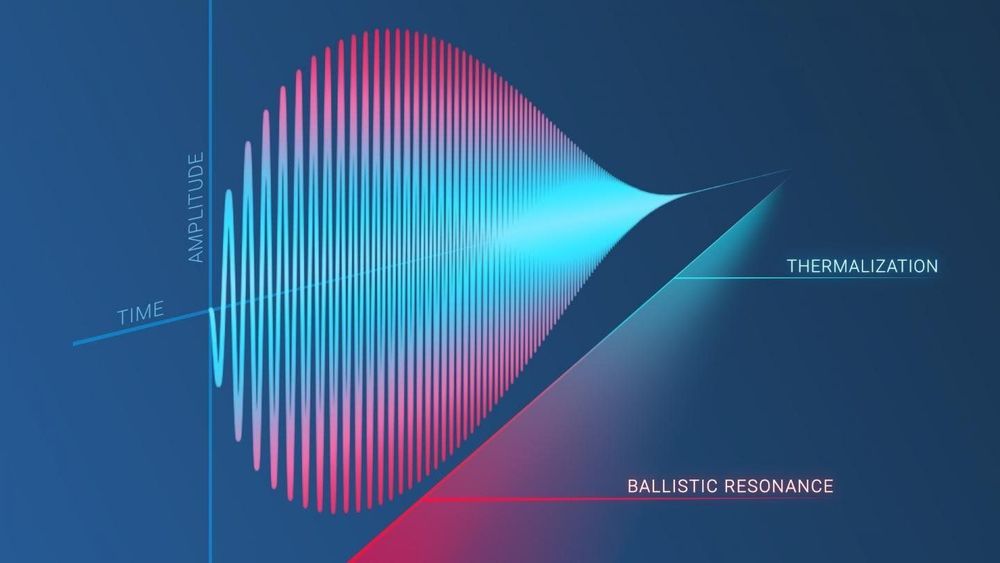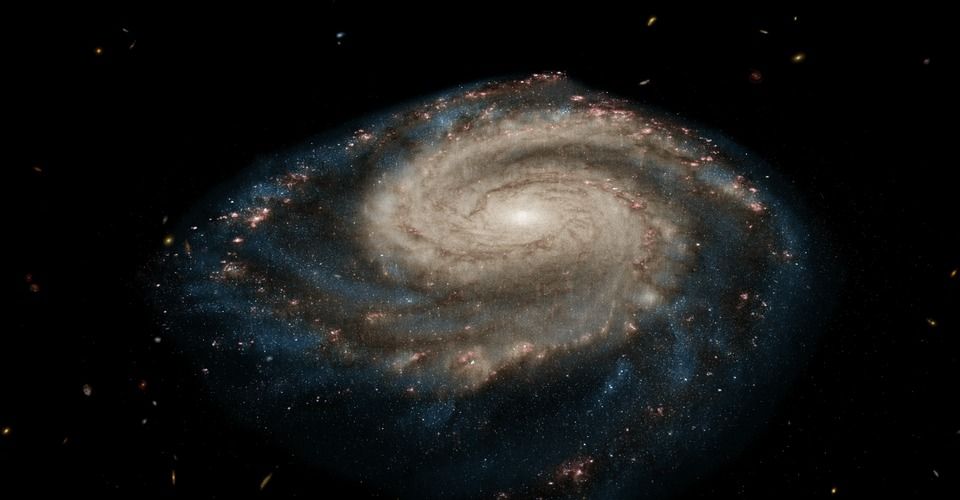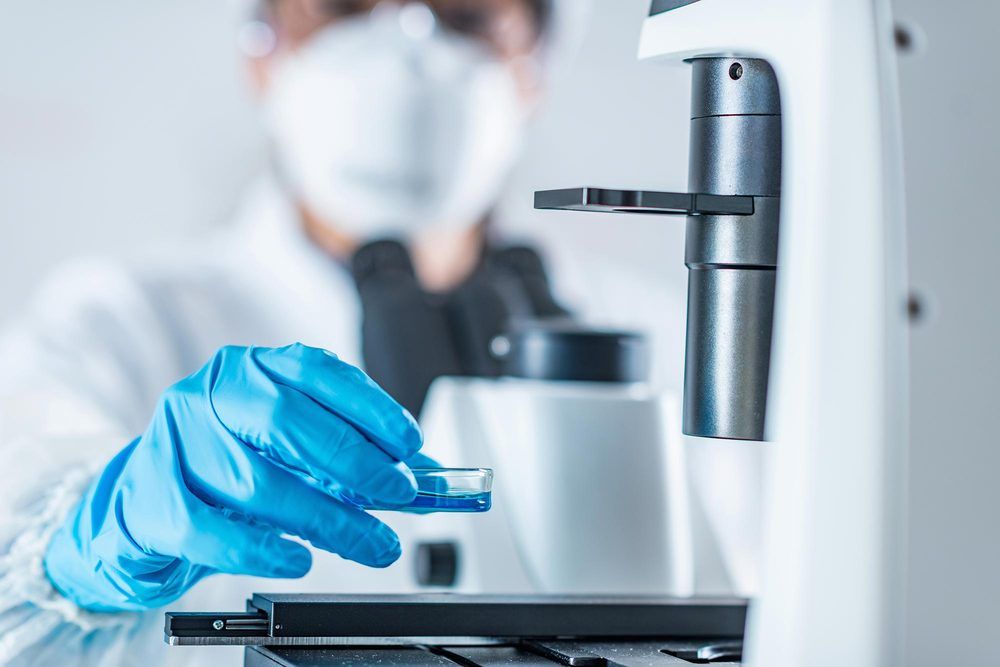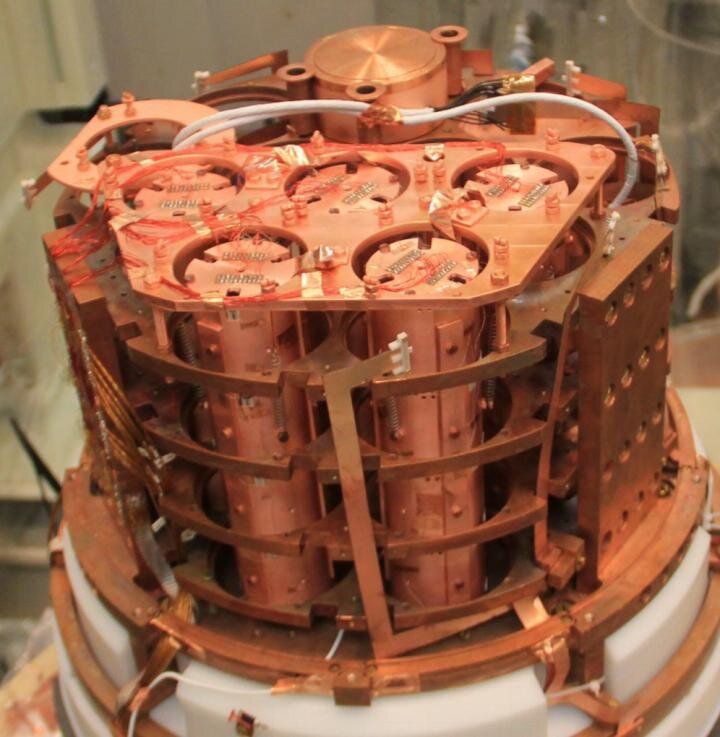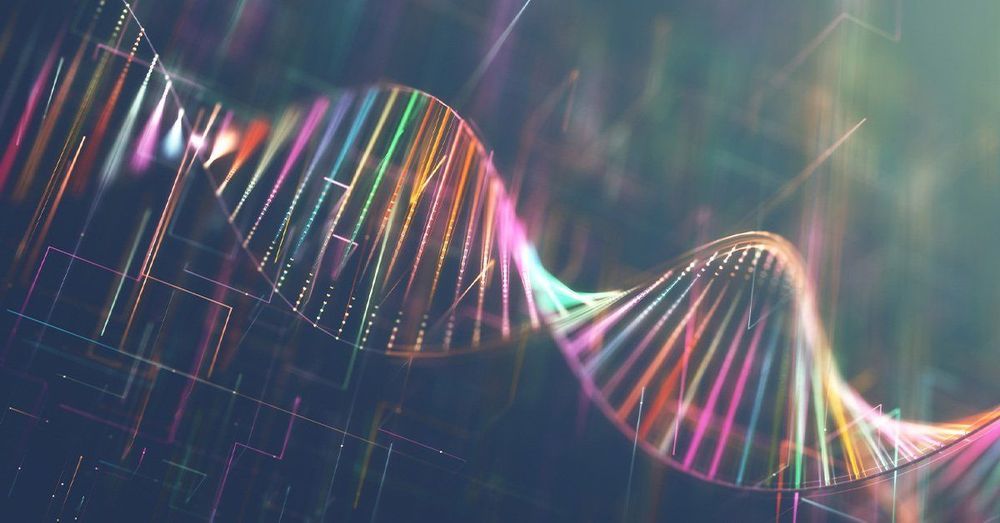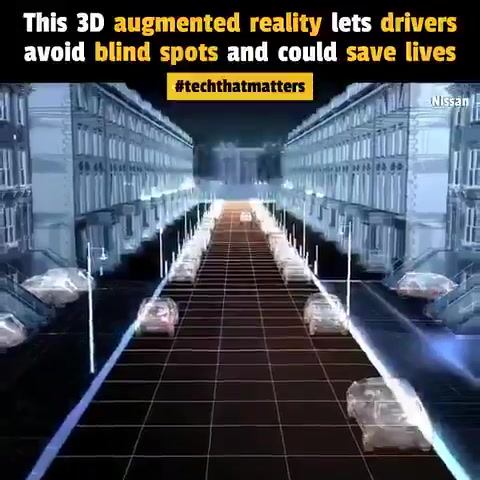Jul 13, 2020
NASA’s new gecko-robot can climb just about everything like the lizard’s feet
Posted by Quinn Sena in categories: internet, robotics/AI, space
What is more powerful than suction cup and even a vacuum pump, but was not invented by humans?
Answer: a gecko’s foot. NASA has decided to copy the lizard’s incredible gripping technology, which relies on electrostatic attractions, in its Gecko Gripper robot. This is not coming from an internet troll trying to sell car insurance. The space agency partnered with OnRobot, which specializes in finger-like robotic grippers, to create a device that can (so far) lift 14 pounds. The radiation-resistant pads could literally mean a huge step forward for getting around in space.

